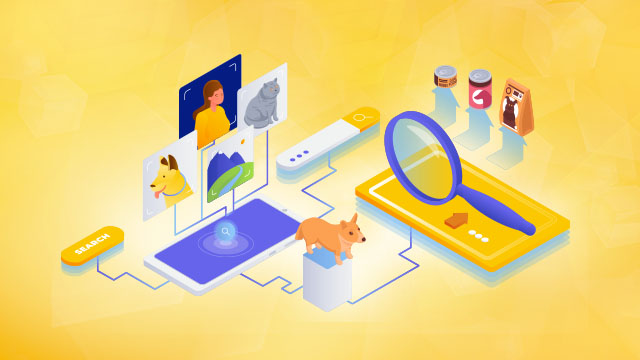Edge computing vs. cloud computing: which solution to choose?

In the rapidly evolving world of information technology, organisations and businesses are faced with a key choice: how best to store, process and analyse data. Two popular approaches that have gained prominence over recent years are edge computing and cloud computing. While both solutions have their advantages, the choice between them depends on the specifics of the business, technology requirements and user expectations. In this article, we take a closer look at both technologies, their advantages, limitations and application scenarios.
What is edge computing?
Edge computing, also known as edge computing, is a data processing model in which data is processed close to its source. This means that devices such as sensors, cameras or other IoT (Internet of Things) devices process data locally, rather than sending it to a central server or the cloud.
Advantages of edge computing:
- Minimal latency: By processing data locally, transmission and analysis times are significantly reduced. This is crucial in applications that require immediate response, such as autonomous vehicles or medical systems.
- Reduced network load: Data does not need to be sent to the cloud, which reduces network traffic and bandwidth costs.
- Better security: Local processing can reduce the risk of data breaches as data is not sent to external servers.
- Autonomy of systems: If the connection to the cloud is interrupted, edge devices can operate independently.
Disadvantages of edge computing:
- Infrastructure costs: Edge devices often require specialised hardware, which can increase initial costs.
- Limited computing power: Local devices are not as powerful as cloud servers, limiting analytics capabilities.
- Management complexity: The proliferation of data and devices requires more sophisticated management.
What is cloud computing?
Cloud computing is a computing model in which all operations are performed on remote servers managed by a cloud service provider. Users can access data and applications via the internet.
Advantages of cloud computing:
- Flexibility: the cloud allows resources to be easily scaled according to user needs.
- Lower upfront costs: No hardware investment is required, making it attractive to small businesses.
- Global access: Data and applications can be accessed from anywhere in the world, facilitating remote working and collaboration.
- Advanced services: Cloud providers offer many advanced services such as artificial intelligence, analytics and databases.
Disadvantages of cloud computing:
- Delays: Transferring data to servers and processing it in the cloud can cause delays.
- Internet dependency: No access to the internet means no access to data and applications.
- Data security: Storing data in the cloud carries the risk of cyber-attacks and potential leaks.
When to choose edge computing and when to choose cloud computing?
The two solutions differ in the way they process data and the choice depends on your specific business needs and requirements.
When is it worth choosing edge computing?
- Applications requiring low latency: Autonomous systems, robotics or augmented reality.
- Environments with limited internet access: Ships, remote industrial locations or research facilities.
- Applications requiring data privacy: Processing of medical or financial data that must be stored locally.
When is it worth choosing cloud computing?
- Large-scale projects: Processing huge amounts of data, such as big data analytics or AI model training.
- Distributed teams: Companies with international teams that need access to the same data.
- Applications requiring flexibility: Websites, e-commerce shops or mobile applications.
Edge vs. cloud: the future of technology
Some organisations are opting for a hybrid approach, combining the advantages of both solutions. For example, data can be pre-processed on edge devices and then sent to the cloud for more advanced analysis.
Examples of the use of a hybrid approach:
- Smart cities: local traffic monitoring devices (edge) send data to central servers analysing traffic patterns (cloud).
- Precision agriculture: Sensors in the field collect data on weather and soil conditions (edge), which are then analysed in the cloud for long-term trends.
Summary
Edge computing and cloud computing are two different approaches to data processing, each with their own strengths and weaknesses. Edge computing works well where low latency and local processing is important, while cloud computing offers greater flexibility and scalability. Many companies choose to combine both solutions to optimise cost, performance and security.
When choosing, it is worth considering your organisation's needs, access to infrastructure and business priorities. A well-chosen data strategy can become a key success factor in the digital age.



